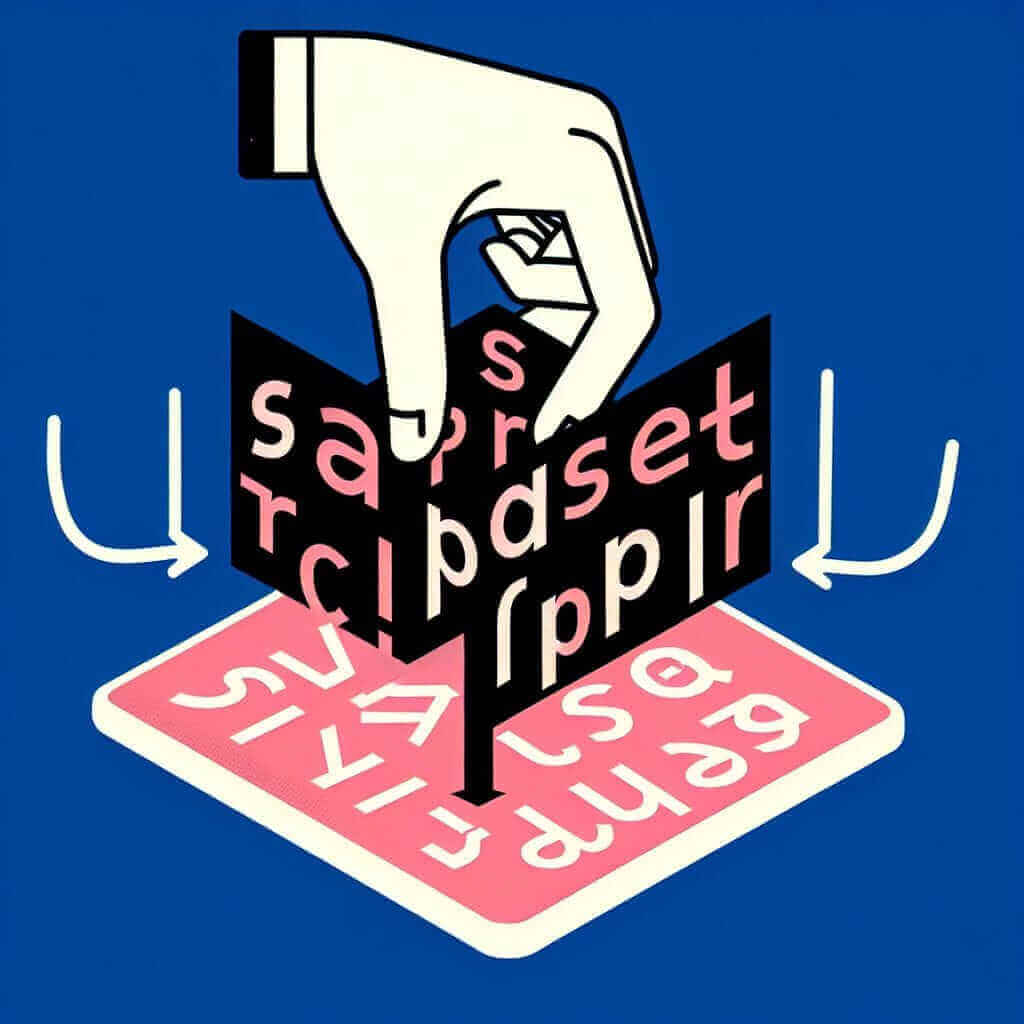When aiming for a band 7 or higher in the IELTS writing exam, demonstrating mastery over complex grammatical structures is key. One such structure that can significantly enhance your writing is inversion. This structure, often beginning with words like “so,” “such,” or “never,” can add sophistication and emphasis to your sentences. One common inversion pattern is exemplified by the phrase: “So profound was his knowledge that he became a mentor.”
Let’s explore this structure in detail, understand its application in various IELTS sections, and equip you with the knowledge to use it confidently in your exam.
Deconstructing the Inversion: “So Profound Was His Knowledge…”
This sentence showcases a specific type of inversion used to emphasize the intensity of something. Here’s a breakdown:
- “So profound”: This phrase highlights the degree of the subject’s knowledge using the intensifier “so.”
- “Was his knowledge”: The subject (“his knowledge”) and verb (“was”) are inverted, a deviation from the typical subject-verb order. This inversion places emphasis on the adjective “profound.”
- “That he became a mentor”: This clause expresses the result or consequence of the profound knowledge.

Examples of Inversion in Different IELTS Sections:
1. Writing Task 2:
- Original: The government’s economic policies were incredibly effective, leading to a period of unprecedented growth.
- Inversion: So effective were the government’s economic policies that they ushered in a period of unprecedented growth.
2. Speaking Part 2 (Describing a Person):
- Original: My grandfather was a very wise man, and his advice always helped me.
- Inversion: So wise was my grandfather that his advice always illuminated my path.
Mastering Inversion for IELTS
Formula and Application:
The general formula for this type of inversion is:
So + adjective/adverb + auxiliary verb (be/do/have) + subject + main verb + that + result clause
Breakdown by IELTS Section:
- Writing Task 1 (describing trends): Useful for highlighting significant increases or decreases. For example: So dramatic was the increase in online sales that traditional retail stores faced significant challenges.
- Writing Task 2: Emphasizes arguments, contrasts, or consequences. For instance: So detrimental are the effects of pollution that immediate action is imperative.
- Speaking: Adds sophistication and fluency to your spoken language, particularly in Parts 2 and 3.
Model Examples:
- Writing Task 1: “The graph illustrates the growth of social media usage. So rapid has been this rise that, by 2023, over 3 billion people were active on social platforms.“
- Writing Task 2: “Some argue that space exploration is a waste of resources. However, so profound are the potential discoveries that it’s crucial we continue to invest in it.”
Achieving a Higher Band Score:
- Variety is Key: While using inversion strategically can boost your score, don’t overuse it. Ensure a mix of sentence structures throughout your writing and speaking.
- Context Matters: Use inversion when it feels natural and adds to the clarity and impact of your message, not just for the sake of using a complex structure.
Common Pitfalls and How to Avoid Them:
- Incorrect Word Order: The most common error is placing the subject before the verb. Remember, the subject-verb order is inverted in this structure.
- Incorrect: So determined the athlete was he won the race.
- Correct: So determined was the athlete that he won the race.
- Overuse: Using inversion too frequently can make your writing sound unnatural and forced.
- Tense Confusion: Ensure the tense in the inverted clause aligns with the tense in the main clause.
Conclusion:
Incorporating inversion, such as the “so…that” structure, into your IELTS writing and speaking can significantly enhance your grammatical range and fluency. By understanding its construction, practicing its use, and avoiding common pitfalls, you can confidently wield this powerful tool to achieve your desired band score. Remember, consistent practice and careful application are key to mastering any grammatical concept for the IELTS.